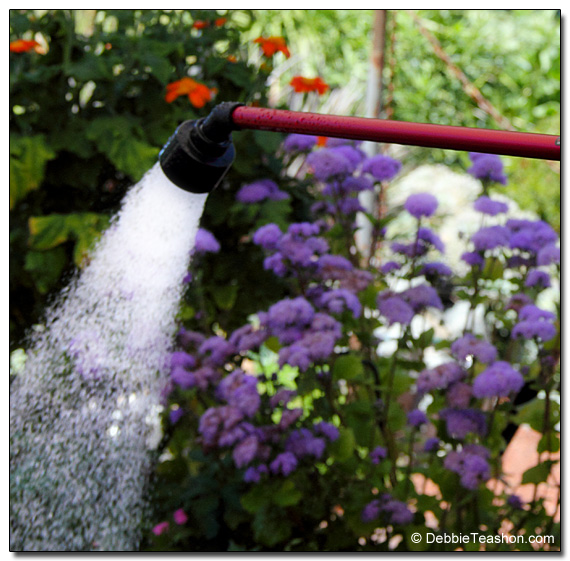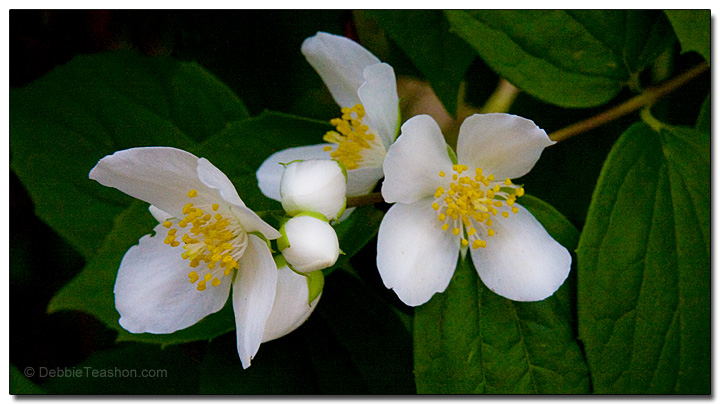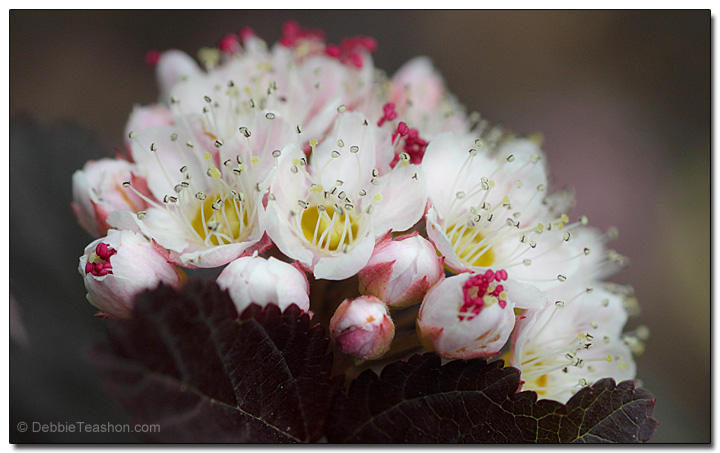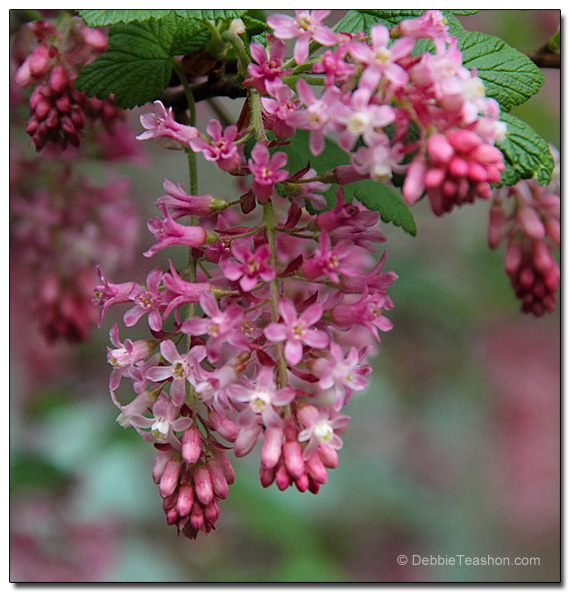Say no to hand watering, for your garden’s sake
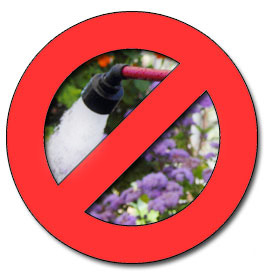
Flashback 2018—Article originally written for newspaper column Garden Life.
Going outside after a long day of work and watering the garden by hand is such a relaxing, almost Zen-like activity. It is a time to meditate, pray, or zone out as you provide life-sustaining water to the ground around your plants. Hand watering is good for the body and soul.
With weather forecasts of hot days this summer, we need to be smart about watering our gardens. Unfortunately, hand watering is detrimental to garden plants. What’s best for the plants is letting a sprinkler, soaker hose, or drip irrigation do the work giving the garden a less frequent but regular deep soak that hand watering can’t do.
Unless you stand like a statue, watering in one spot for an hour, you cannot give your plants enough moisture. After a hard day at work, it’s better to slip into something more comfortable, push the sunglasses over the eyes, and relax in a lounge chair.
While the sprinklers water your garden, hold a glass of ice tea in one hand and a good book. Utilize the time to decompress in your beautiful garden.
Better alternatives to watering by hand
Throw out all preconceived ideas about watering. During our drought season, our gardens need water. Whether you drag hoses around to water your garden or have installed sprinkler systems or drip irrigation, we do not want to waste precious water or money.
Improve your soil!
Before we get into new irrigation practices, we need to have a look at the soil.
Sandy soil is the easiest to water, with moisture penetrating quickly to the roots. However, it also dries out much faster. Heavy clay soils are just the opposite. The water penetrates slowly and holds the moisture longer.
Improving the soil with yearly mulch applications will help both soil types retain moisture and improve the tilth of the earth. Add a layer of compost or fine bark mulch, or wood chippings every year. Mulching is a good habit! The soil will change dramatically after a few years and the mulch will help suppress weeds.
If you have sandy soil, choose plants that need good drainage and are drought tolerant. Many shrubs, trees, bulbs, and perennials flourish in sandy soil.
Do you want to grow a thirsty Gunnera or Astilbe? Select an area in the garden where water-needy plants grow together. There you can tend to their needs more efficiently. Move all your plants that need more water into this zone.
Alternatively, move all your drought-tolerant plants into a dry zone. Once established, you can keep the plants’ watering needs to a minimum.
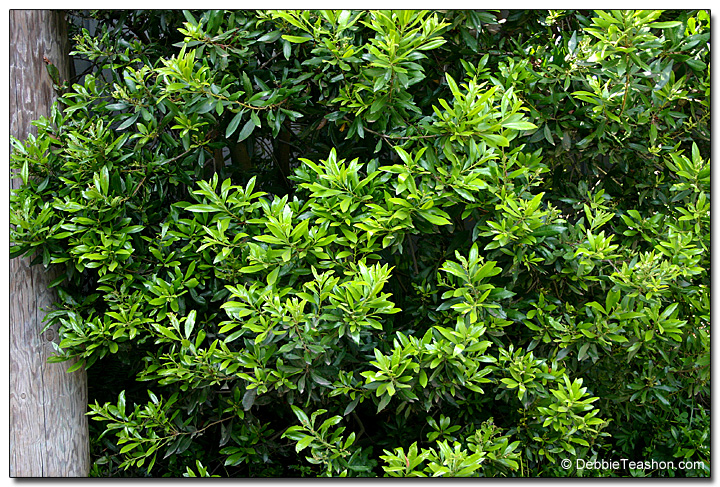
Consider planting a native’s only zone in your garden, growing indigenous plants from your county, or expanding to include others from our maritime region. Native plants adapted to our Mediterranean-like climate with dry summers and wet winters also provide habitat for our native wildlife species. Once established, you only need to weed the beds and stop watering them.
Now that we have mulched the bare earth with an effective barrier, planting the right plants in the right place, how should we water? Frequent shallow water leads to plants with shallow roots, which means the plants are less drought tolerant. Weekly, deep soaks of water force the plant to grow deeper roots, which is what we want.
Sandy soil may need frequent irrigation, so monitor your soil first to determine how often the garden needs it. A good starting point is about an inch of water a week. Again, it depends on the type of soil you have. Once you watered an area for 45 to 60 minutes, dig a hole to see how far down the water has penetrated.
Trees and shrubs need moisture ten inches deep, while shallow-rooted perennials, annuals, and edibles need moisture down to six to eight inches. When the soil becomes dry, down to a couple of inches, it is time to water again.
Do you still want a hand-watering activity every day? A container garden is perfect for you!
For more detailed information on watering, download the PDF file from Washington State University on watering the home garden.

